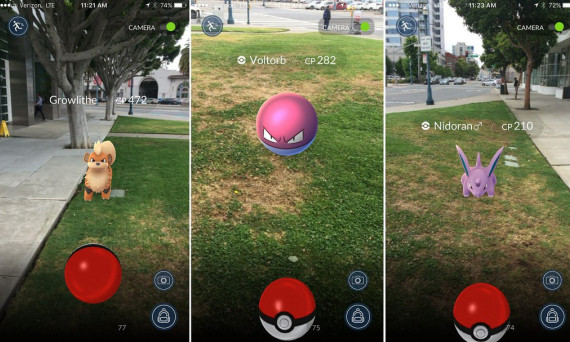On October, 11 Konstantin Glazkov, a sociologist from the Higher School of Economics, gave a talk on issues of location-based games and player behavior in the public space ("What's wrong with location-based games, or as a radical art projects remained within the bounds of public decency?")
The speaker noted that the idea of location-based games goes back to the ideas of the Situationists and architects of the 1960s, those in their manifestos spoke of the need to diversify the city routine, to create spontaneity and to realize the potential of cities. In the 1990-2000s, these ideas were taken up and implemented various location technologies. For example, if there are such services like Gowalla and Foursquare, which allowed to model a person's location at a specific point in the city. They can be considered harbingers of location-based games.
The most famous location - based game Ingress and Pokemon Go – appeared in 2012 and 2016 respectively. Pokemeon Go has become a very popular game in peak phase, the number of its subscribers amounted to more than 700 million people around the world. The author and his colleagues from the HSE investigated how the player location-based games behaves in the city interacts with the public daily and the presence of other neyrokom in the city. One of the main theses of the report was that most of the resources attention and action of the player spent in the game, and for maintaining a semblance of decency in the public space. For example, the player has to constantly be distracted from the screen of your phone or tablet and show others that he is "normal" and turned the situation around. But such involvement should not be too strong, to be able to manipulate in the virtual world and not much to distract from catching pokemon and other game characters. The physical involvement of the player is only a visible presence to the public in the framework of "decency."
To review the material rapporteur appealed to the ideas of I. Hoffmann's presence, and arguments of contemporary researchers of location-based media (for example, the idea of laybour A. de Silva, and Sousa). From the position of the STS report was interesting because it gave an opportunity to think about time lags of new technologies. New technological devices are not immediately included in the daily life and require gradual and acceptable other on yourself in a public space. It also gradually and imperceptibly technological device to interfere in public processes, changing the way of dealing with the attention and create visibility of presence in public.
{gallery}11.10.2017_KGlazkov{/gallery}
